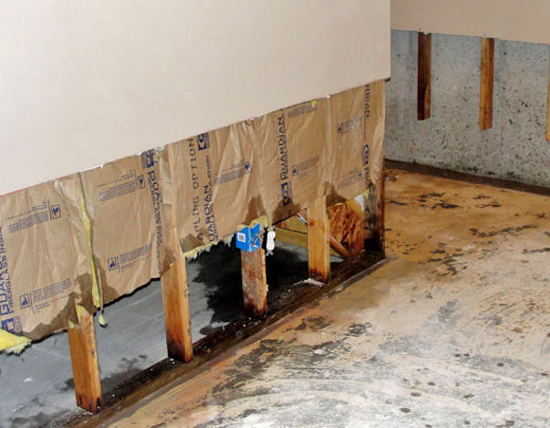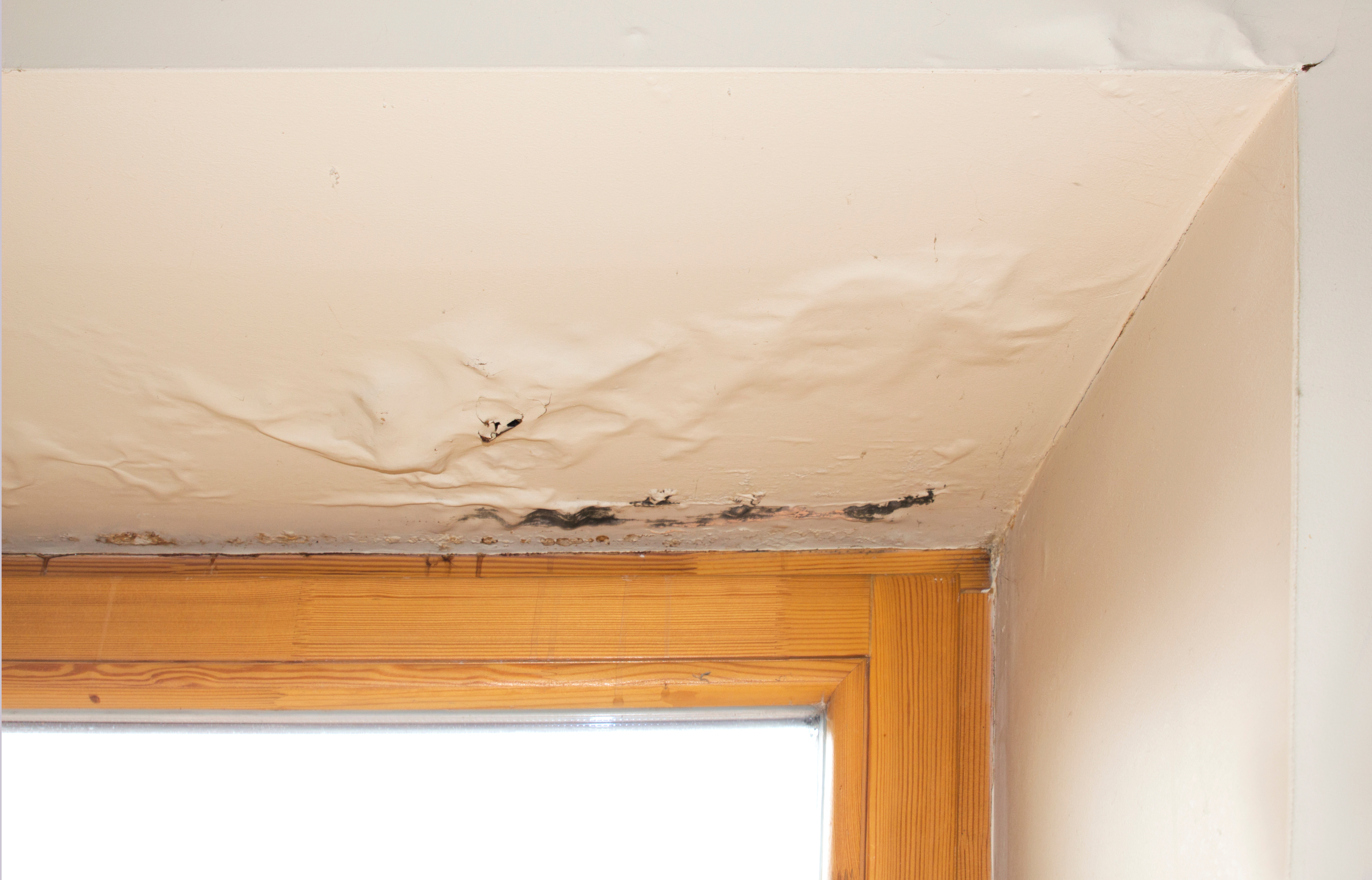Revealing Wall Water Stains - Effective Checks And Repairs
Revealing Wall Water Stains - Effective Checks And Repairs
Blog Article
This article following next on the subject of How to Remove Water Stains from Walls and Ceilings is definitely stimulating. Don't bypass it.

Water spots on walls are not pleasurable to the eyes. Sometimes it seems nearly inevitable to experience water spots on wall surfaces in residences.
Property owners staying in humid areas continuously manage the fear of water spots on wall surfaces. But that does not need to be the case for you. With exact and all-round info on the sources of water discolorations and also prompt repair work procedures, you will certainly constantly be a step ahead of such incidents. So, this post assures to be a practical overview for you.
3 Usual Sources Of Water Discolorations on Wall Surfaces
Contrary to popular belief, water stains on walls do not always originate from bad building materials. There are a number of reasons for water spots on walls. These include:
Poor Drainage
When making a building plan, it is essential to make sure appropriate drain. This will stop water from permeating right into the wall surfaces. Where the drain system is blocked or nonexistent, underground moisture builds up. This web links to excessive moisture that you discover on the walls of your structure.
The leading reason of wet wall surfaces, in this situation, can be a bad drainage system. It can also result from inadequate administration of sewage pipes that go through the structure.
Wet
When warm damp air meets with dry cold air, it triggers water droplets to base on the walls of structures. This happens in kitchens and bathrooms when there is steam from food preparation or showers. The water droplets can stain the bordering walls in these parts of your home and also spread to various other areas.
Moist or condensation affects the roof covering and also walls of structures. When the wall is damp, it creates an ideal environment for the development of fungi and microorganisms.
Pipeline Leaks
Many residences have a network of water pipes within the wall surfaces. This ensures that the pipelines are faraway from the reach of damaging rats. It always boosts the feasibility of such pipelines, as there is little oxygen within the wall surfaces. This discourages rust.
A downside to this is that water leakage affects the wall surfaces of the building and causes widespread damages. A dead giveaway of malfunctioning pipes is the appearance of a water stain on the wall surface.
Water Spots on Wall: Repair Work Tips
When dealing with water discolorations, home owners would usually desire a fast repair. Yet, they would soon recognize this is detrimental as the water stains reoccur. So, below are a couple of practical pointers that will direct you in the fixing of water discolorations on wall surfaces:
Pro Idea
A houseplant in your home also increases its moisture. If the home is currently damp, you may want to present houseplants with marginal transpiration. An instance of appropriate houseplants is succulents.
Conclusion
No one wants to have water stains on wall surfaces in their house, it can happen to the ideal of us. This write-up gives you leverage, as you currently understand how to manage this accident if it does occur.
It is constantly best to hire professional solutions to assist repair the damages in your house.
Often it seems virtually inescapable to experience water stains on wall surfaces in houses.
Contrary to preferred belief, water stains on wall surfaces do not always stem from inadequate building materials. There are numerous causes of water stains on wall surfaces. The water droplets can tarnish the surrounding wall surfaces in these components of your home and also spread to other locations.
Right here are a couple of useful pointers that will guide you in the repair service of water stains on wall surfaces:
CHECKING FOR WATER DAMAGE
Water damage can be costly, and it may begin before you even notice the first signs of trouble. Water damage can cause mold and mildew in your walls and floors, which can create an abundance of health concerns for your family. It can also lead to costly repairs of various appliances and general home fixtures. To avoid the pricey consequences of water damage, here are Warner Service’s top 5 places you should check:
The walls – The easiest place to spot the beginnings of water damage is on the walls and ceilings of your home. If water damage is present, there will most likely be water stains, especially around the windows and doorframes, and/or cracks in the drywall. If a stain looks unusual (discolored to brown, black or gray, raised texture), has a swollen appearance or is soft to the touch, contact a professional immediately. The pipes – To avoid water damage, consistently check the pipes in your kitchen (especially the dishwasher and ice maker), bathrooms, laundry room (specifically washing machines) and basement for corrosion, leaks and water stains. Pay special attention to where the pipes connect in your home and the location of caulking around the bathroom fixtures, including toilets, sinks, showers and tubs. Missing or loose caulking and grout could be signs of leaking water. This seepage can also quickly cause mold and rust, so double check your water heater and tank for wet spots on the floor. The floor – Water damage is very easy to spot on the floor. Look for any warping or buckling of the material, especially in the basement. If your home has wood flooring, look for bright white or dark stains. If your home has carpeting, keep it dry and clean. A damp carpet that smells of mold could cause water damage and health problems. To avoid this, consider installing floor pans under your appliances to help prevent damages from small, slow and undetected leaks. The basement and attic – If your basement or attic smells odd check for mold and mildew around the area, especially the valley where the roof meets. While you are inspecting those areas, check for wall cracks, floor stains, rust and dampness in the insulation. If you live in a colder and/or rainier climate, perform routine checks for water damage from melting snow or ice and rain. The exterior – Check the roof for damaged flashing and missing, cracked or curled shingles. There should also be no standing water anywhere outside your home. This could be caused by puddles, leaky rain gutters or hoses, poor drainage, or short gutter spouts. Invest in a sump pump system or water flow monitoring system, and perform routine maintenance on these outdoor appliances to avoid indoor water damage.

We were guided to that report on through a good friend on a different web blog. Appreciated our article? Please share it. Help another person check it out. I take joy in reading our article about .
Book Inspection
Report this page